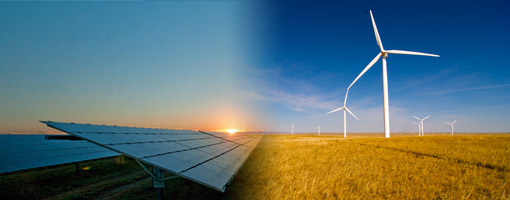IEA Sustainable Recovery Tracker’s update shows government spending commitments for green energy have jumped to $710 billion – 40 percent above the levels after the 2008 global financial crisis.
Clean energy spending earmarked by governments in response to the Covid-19 crisis has risen by 50 percent over the past five months and stands at over $710 billion worldwide, according to IEA.
This unprecedented amount of enacted spending is more than 40 percent larger than the global green spending contained in the stimulus packages that governments enacted following the global financial crisis in 2008.
Advanced economies account the bulk of this effort, with over $370 billion intended to be spent prior to the end of 2023.
Across emerging and developing economies, the total amount of fiscal resources being dedicated to sustainable recovery measures is one-tenth of the amount in advanced economies, reflecting their very different financial and economic circumstances.
In emerging and developing economies, around $52 billion of sustainable recovery spending is planned by the end of 2023, well short of what is needed in a pathway towards net zero emissions by 2050. The gap is unlikely to narrow in the near term, as governments have limited financial power.
“International cooperation will be essential to change these clean energy investment trends, especially in emerging and developing economies where the need is greatest,” Fatih Birol, the IEA Executive Director, said in a news statement.
Delays in setting up government programs, supply chain disruptions, labour shortages and financial uncertainty have clogged project pipelines. In addition, consumer-facing measures – such as incentives for building retrofits and electric vehicles – are struggling to reach a wider audience because of issues including red tape and lack of information.
Rising fuel prices, which have been exacerbated by Russia’s invasion of Ukraine, pushed governments both to enact immediate measures to make energy more affordable and to explore efforts to reduce fossil fuel dependency.
IEA’s tracking shows that emergency affordability support by governments worldwide for households and businesses has reached about USD 270 billion since the start of the winter heating season in the Northern Hemisphere in 2021. But many of the measures most effective in reducing oil and gas demand – such as installing heat pumps and expanding the use of public transport, bike lanes and high-speed rail – have not yet received the needed level of government support to date.
The IEA’s recent 10-Point Plans on natural gas and oil highlight the key areas where immediate action can be taken.
Public spending on sustainable energy remains a small proportion of the unprecedented $18.2 trillion in fiscal outflows that governments have dedicated to countering the economic impacts of Covid-19. IEA estimates that government spending that has been earmarked for spending prior to 2023 could support over $1.6 trillion worth of sustainable investments by mobilising higher levels of private sector participation.

